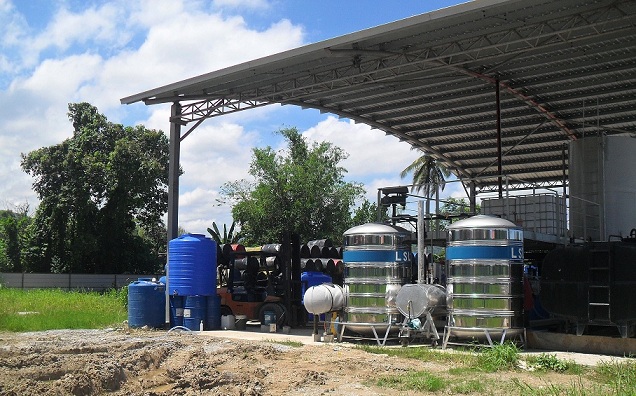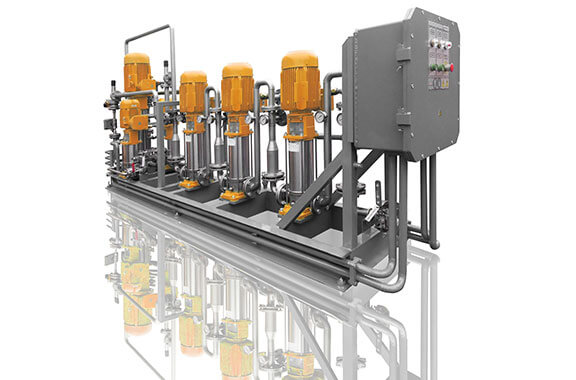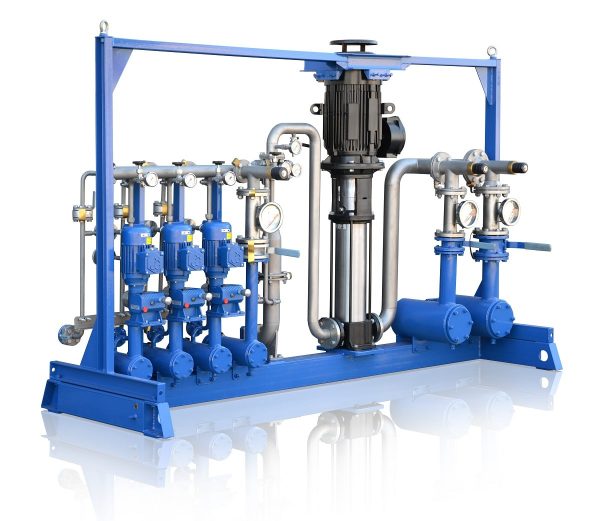Although the cost structure of vehicle fleets and central heating facilities is quite diverse, some expenses are common to all, especially the cost of fuel, which amounts to at least 40% of the total costs. Apparently, with the current economic trends, this number is about to keep growing in the coming years.
Fuel homogenization increases the efficiency of fuel combustion, improving fuel economy. Homogenized fuel burns better and more efficiently, which also reduces equipment wear and helps preserve the environment.
How to homogenize fuel
In general, diesel fuel contains water, paraffin, solid impurities and sulfurous organic compounds, beside hydrocarbons.
The structure of fuel is such that most molecules are in bound, polymerized state. When the fuel ignites, the oxidation process begins on the active side of large polymer links. Intensity of combustion is reduced in contact with water molecules; sulfur and paraffin will not burn entirely. Thus, the fuel does not burn completely and the combustion generates toxic byproducts.
The question is: what if the composition of fuel is less diverse? Fine dispersion and uniformity of a fuel mixture has a direct impact on its calorific value and the quality of combustion. Specifically, the oxidation process is intensified, molecular bonds break forming free radicals, polymer chains are broken and water becomes finely dispersed.
In the homogenization process, sulfur and paraffins are broken down, forming surfactants, which isolate emulsion particles from each other, preventing coagulation.
There are various systems in the market to homogenize fuel and produce fuel-water emulsions. The most efficient units in terms of economic performance and product quality are those based on cavitation effect. Such equipment is designed and manufactured by GlobeCore (the USB blending unit range).
What is cavitation
Cavitation was first spoken of over a hundred years ago. Reynolds, a British scientist, researched the phenomenon.
In a way, cavitation is similar to boiling of a liquid, but there are important differences. For example, when the flow velocity relative to a body increases, the pressure of the flow drops to the pressure of saturated vapor (vacuum). This makes liquid boil and form microscopic cavitation bubbles with gas and vapor. In an area of higher pressure these bubbles collapse. The sudden collapse results in shockwaves in the ultrasonic range. When the waves hit an obstacle, they destroy its surface.
Why is GlobeCore equipment profitable?
The USB units made by GlobeCore make high quality homogenized fuel which do not separate even in long term storage. Besides, the GlobeCore process has the following benefits:
- reduces fuel purchasing costs;
- improves fuel quality;
- uses low quality fuel as raw material, resulting in more savings;
- improves reliability of motors and heating facilities;
- improves efficiency of diesel engines and diesel generators;
- reduces the amount of harmful emissions into the environment.


 USB-1 Biodiesel equipment
USB-1 Biodiesel equipment USB-1 Fuel oil ...
USB-1 Fuel oil ...